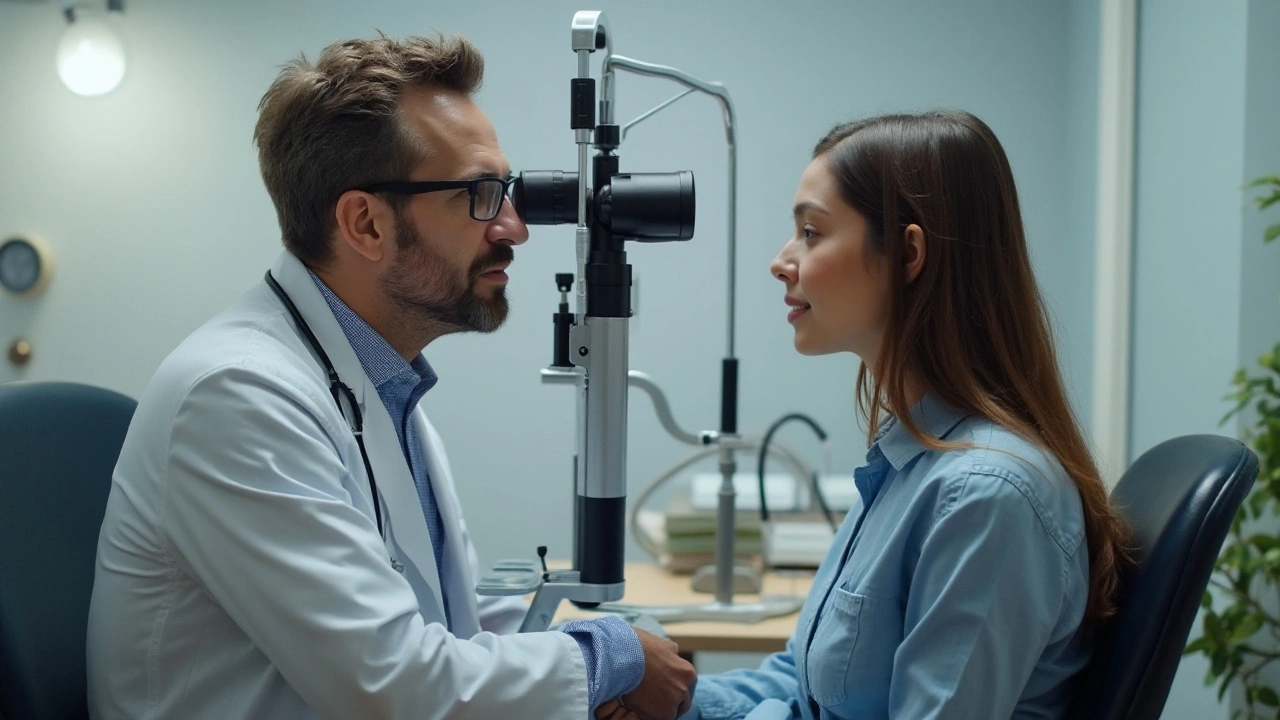Glaucoma Treatment: Real‑World Ways to Keep Your Vision Safe
Glaucoma is the silent thief of sight. If the pressure inside your eye climbs too high, the optic nerve can get damaged without you noticing. The good news? Many treatments can stop that pressure rise and protect your eye. Below we break down the most common options, how they work, and what you might feel when you start them.
Eye Drops – The First Line of Defense
Most doctors start with prescription eye drops. They either lower the fluid produced by your eye or help it drain faster. Common names you’ll hear are latanoprost, timolol, and dorzolamide. You’ll usually use them once or twice a day, and they’re cheap compared to surgery. Some people notice a stinging sensation at first, but it usually fades. If you miss a dose, use it as soon as you remember unless it’s almost time for the next one.
Laser Therapy – A Quick, Painless Choice
When eye drops aren’t enough, laser treatments can step in. The most popular is selective laser trabeculoplasty (SLT). A tiny laser beam is aimed at the drainage area of your eye, helping fluid flow out better. The whole procedure takes about five minutes, you sit upright, and there’s no cut. Most patients feel a slight flash or mild discomfort, but vision isn’t affected.
Another laser option is laser peripheral iridotomy, used mainly for angle‑closure glaucoma. A small hole is made in the iris to relieve pressure. It’s a one‑time fix and can prevent an emergency situation where pressure spikes suddenly.
Surgical Solutions – When Other Methods Fail
If drops and laser don’t control the pressure, surgery may be needed. The classic choice is trabeculectomy, where a tiny flap is made in the eye to let fluid escape. Recovery takes a few weeks, and you’ll need to use eye drops afterward to prevent scarring.
Newer, less invasive surgeries like minimally invasive glaucoma surgery (MIGS) use tiny stents or tubes to improve drainage. They’re quicker, cause less tissue damage, and have faster healing times. Not every surgeon offers MIGS yet, but it’s growing fast.
All surgeries carry some risk—infection, bleeding, or a temporary change in vision—but your doctor will weigh those against the chance of vision loss from uncontrolled glaucoma.
Living With Glaucoma – Tips for Success
Whatever treatment you choose, consistency is key. Set a reminder on your phone for eye‑drop times, and keep a small bottle handy when you travel. Schedule regular eye exams—usually every 3‑6 months—so your doctor can check pressure and adjust therapy if needed.
Stay healthy overall. Exercise, a balanced diet, and controlling blood pressure can help keep eye pressure stable. Avoid smoking; it can worsen blood flow to the optic nerve.
If you notice any sudden vision changes—like halos around lights, blurry sight, or eye pain—call your doctor right away. Those could be signs that pressure is spiking.
Glaucoma can feel scary, but with the right treatment plan you can keep your vision sharp for years. Talk to your eye doctor about which option fits your lifestyle, budget, and health goals. The earlier you act, the better your chances of staying sight‑strong.

